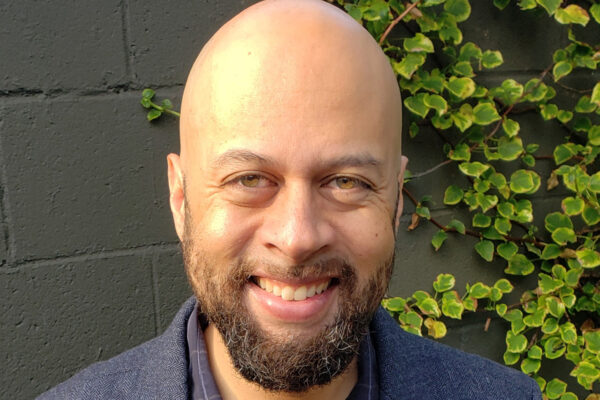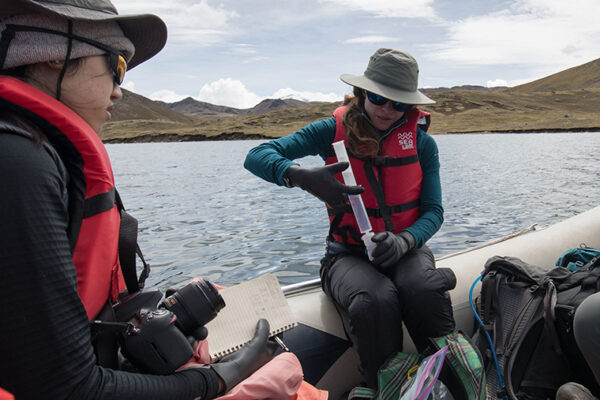Arpita Bose, assistant professor of biology in Arts & Sciences at Washington University in St. Louis, has been named a Packard Fellow, a prestigious distinction awarded to only 18 top young researchers nationwide this year.

The Packard Foundation established the fellowships program in 1988 to provide early-career scientists with flexible funding and the freedom to take risks and explore new frontiers in their fields. Each year, the foundation invites 50 universities to nominate two faculty members for consideration.
Bose is the eighth faculty member at Washington University to receive a Packard Fellowship.
The award comes with a five-year, $875,000 grant from the David and Lucile Packard Foundation. Bose, who joined the faculty a year ago, said she will use the money to hire postdoctoral research associates —independent minds with trained hands, as she terms them — to work on some big ideas she has about a small organism.
The organism, called Rhodopseudomonas palustris TIE-1, is a purple bacterium with unusual metabolic flexibility, including the ability to pull electrons out of iron or directly from an electrode. “They’re like plants in many ways,” Bose said, “but they can do strange things plants cannot do.”
In earlier work, Bose showed that R. palustris will accept electrons from an electrode in a bioreactor and use the electrons to make biomass from carbon dioxide. Although these reactions will proceed in the dark, both electron uptake and the expression of an enzyme that plays a key role in building carbon chains increase in the light.
Bose’s idea is to exploit this microbe’s metabolic versatility to exploit resources that are abundant or can be sustainably regenerated, and to get rid of ones found in excess.
“These microbes can take electrons from electricity, or from iron, and use them to make atmospheric carbon dioxide into biomass or into biofuels,” she said.
“It’s a win-win,” she said. “We can make electricity sustainably and iron is abundant, so we’re not competing for them. And carbon dioxide, which we make in excess, could be turned into biomass or biofuels, which could be buried to sequester carbon.
“Plants can’t do this. They cannot use electricity or iron. They can fix carbon dioxide but they require water as the source of electrons and also arable land,” Bose said.
“I think microbes hold the key to a lot of bioenergy and environmental pollution problems,” she said, “because they have interesting metabolic capabilites. These capabilities might appear strange and exotic to us, mostly because we think of our planet as being forever the same as it is now. But our planet is always evolving; it has seen things that we can’t imagine. Our planet’s oldest friends are microbes and they have co-evolved.”
During her graduate work and postdoctoral research, Bose has used genetics, biochemistry and molecular biology to understand microbial metabolism. Her master’s research at the All India Institute of Medical Sciences in New Delhi, India, dealt with the physiological response of the organism that causes tuberculosis to oxygen starvation.
For her doctorate, she studied methanogenesis performed by the poorly understood archaea (a domain of microbes distinct from bacteria) at the University of Illinois at Urbana-Champaign.
Bose was a Howard Hughes Medical Institute (HHMI) research associate for a year at the Massachusetts Institute of Technology, where she studied photoferrotrophy performed by purple non-sulfur bacteria. She then moved to Harvard University, where, as a HHMI fellow of the Life Sciences Research Foundation and a L’Oreal & AAAS Woman in Science fellow, she used a combinatorial approach to study microbial metabolism at the environmental level.


